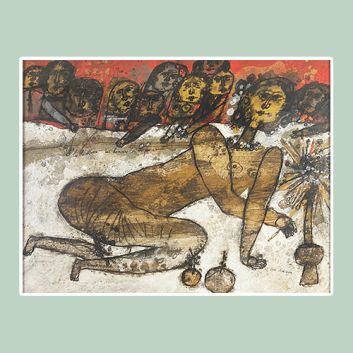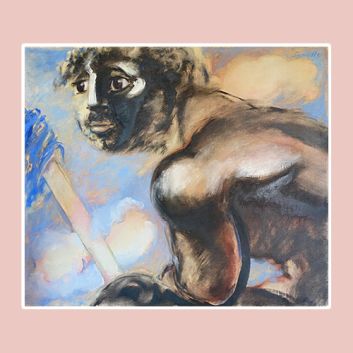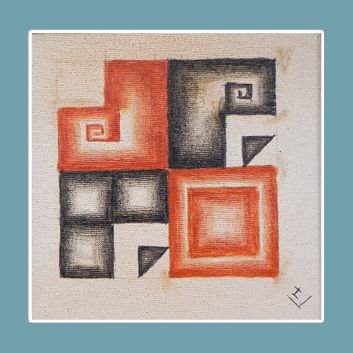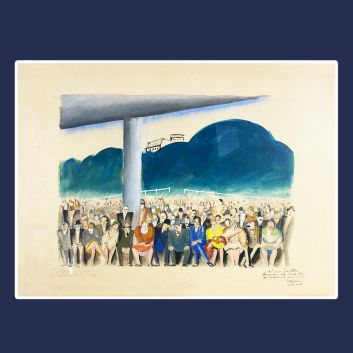Cote et valeur des oeuvres, dessins, peintures de Raphaël Delorme
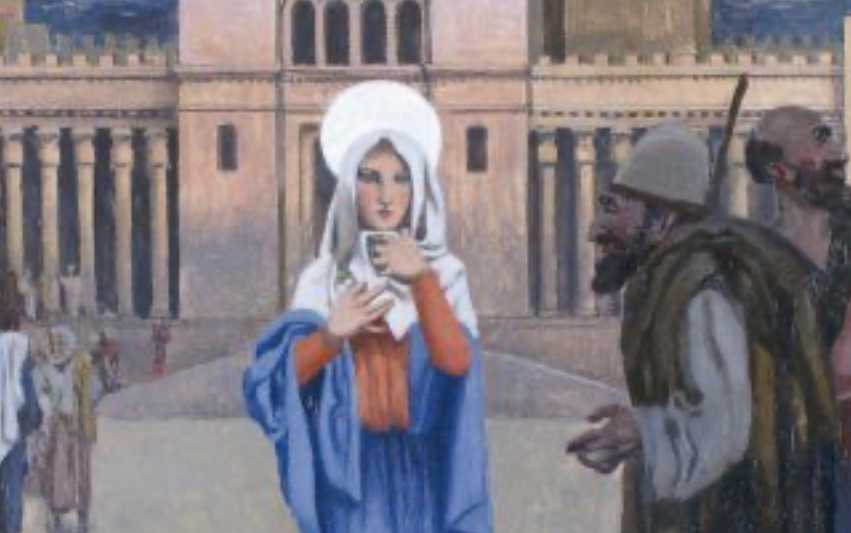
Si vous détenez une œuvre réalisée par l’artiste Raphaël Delorme ou d’après, et que vous souhaitez connaîtresa valeur, nos experts et commissaires-priseurs agréés par l’État vous offriront leurs services d'expertise.
Nos spécialistes s’emploieront à réaliser une expertise gratuite de votre œuvre, et vous transmettront une estimation précise de sa valeur sur le marché actuel.
Par la suite, si vous désirez vendre votre œuvre, nous vous orienterons vers le meilleur dispositif possible pour en obtenir un prix optimal.
Cote et valeur de l’artiste Raphaël Delorme
Raphaël Delorme est un artiste issu de l’Art Déco. Son héritage se compose de majoritairement de peintures et de dessins. A présent, les prix de ses œuvres augmentent au marteau des commissaires-priseurs.
Ses nus sont particulièrement prisés surtout par les acheteurs français, et le prix auquel ils se vendent sur le marché de l’Art s’échelonne entre 200€ et 100 000€, un delta considérable mais qui en dit long sur la valeur qui peut être attribuée aux œuvres de Delorme.
En 2021, un tableau intitulé Nu féminin dans la salle des machines a été vendu à hauteur de 100 000€ tandis qu’il était estimé entre 12 000 et 15 000€.
L’œuvre a donc dépassé l’estimation haute de plus de 400%. La cote de l’artiste est assez haute et varie en fonction de la quantité d’œuvres présentes sur le marché des enchères.
Ordre de valeur allant d’une œuvre simple à la plus prestigieuse
Technique utilisée | Résultat |
|---|---|
Estampe | De 1 200 à 1 360€ |
Dessin - aquarelle | De 200 à 11 430€ |
Peinture | De 120 à 100 000€ |
Réponse en - de 24h
Style et technique de l’artiste Raphaël Delorme
Le style et la technique de Raphaël Delorme s’inscrivent dans une esthétique singulière, où l’on perçoit l’influence croisée du classicisme et de l’Art déco, mais transcendée par une imagination foisonnante.
Ses compositions se caractérisent par une symétrie rigoureuse et une précision presque architecturale, qui traduisent son attachement aux valeurs classiques de l’ordre et de l’harmonie.
Toutefois, Delorme s’éloigne des canons traditionnels par son usage audacieux de la couleur et du détail, qu’il pousse jusqu’à une luxuriance onirique.
Ses figures, souvent empruntées à une mythologie réinventée, se déploient dans des décors fastueux, où règnent mosaïques, drapés, et motifs géométriques complexes.
La minutie de sa technique rappelle celle des maîtres anciens, mais ses choix esthétiques témoignent d’une sensibilité résolument moderne, nourrie par les expérimentations décoratives de son temps.
Peignant à l’huile sur toile, il parvient à créer une texture soyeuse, jouant avec des nuances éclatantes et des effets de lumière qui confèrent à ses œuvres une profondeur quasi mystique.
Par cette alliance subtile entre la tradition et l’avant-garde, Raphaël Delorme a su se démarquer, inscrivant son œuvre dans une temporalité suspendue entre passé et futur.
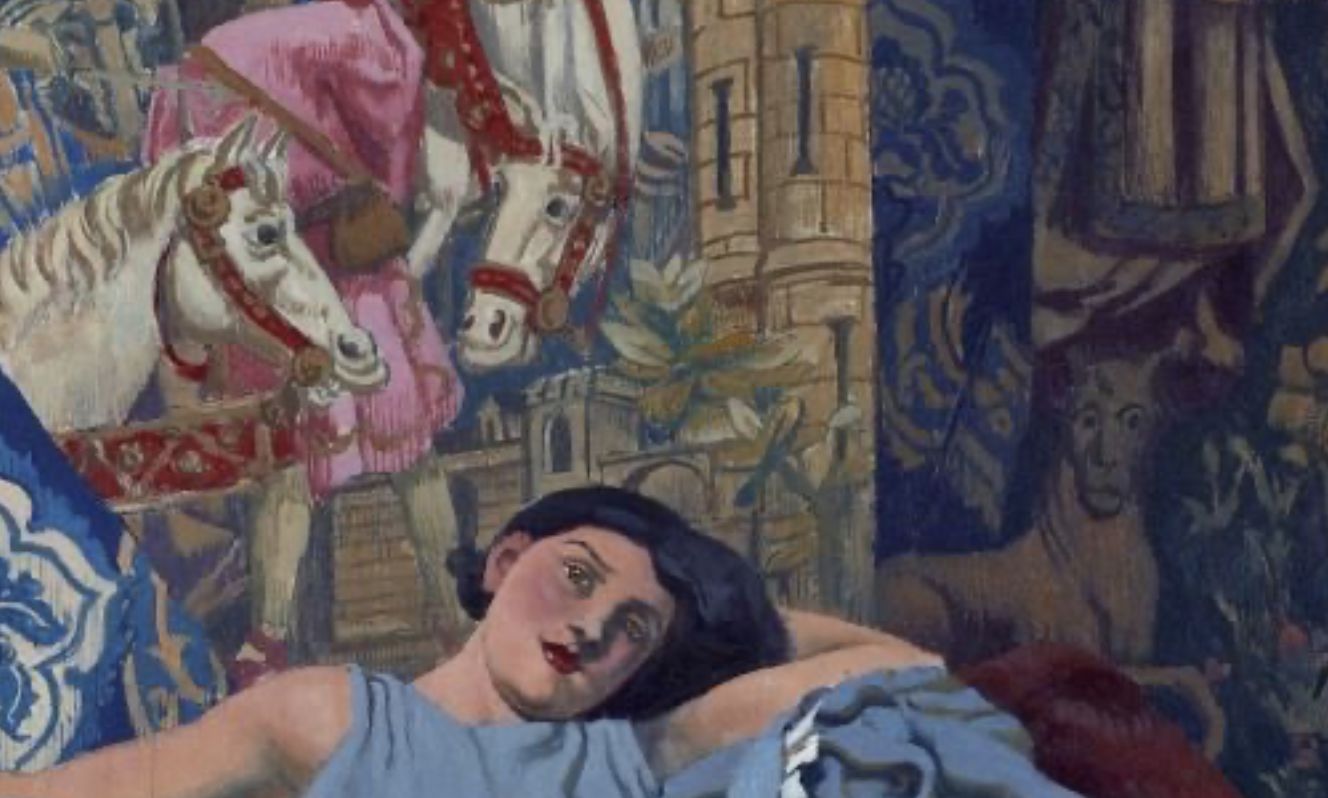
La vie de Raphaël Delorme
Raphaël Delorme (1886-1962) était un peintre et artiste français du XIXe siècle, peu connu de son temps malgré l’intérêt actuel qui croît pour ses œuvres.
Il naît à Caudéran, près de Bordeaux, et y suit une formation artistique à l’école des Beaux-Arts. Ni ses professeurs ni le public n’est emballé par son travail.
Delorme n’a pas prêté attention au fait d’avoir du succès, et a produit toute sa vie des œuvres caractérisées par le courant Art Déco, en peignant beaucoup de nus dans des compositions géométriques assez claires et pastellisées.
Il dira durant sa vie n’avoir eu qu’un seul réel client, Mahradjah de Kapurtala. Delorme a pourtant exposé ses toiles dans les lieux les plus éminents de la capitale ; à savoir le Salon des artistes français, le Salon d’Automne ou la Société nationale des Beaux-Arts.
Il emprunte beaucoup de thèmes à la mythologie grecque, dont il représente les différentes déesses dans des environnements parfois inattendus (cf Nu féminin dans la salle des machines). L’artiste parvient donc à concilier remarquablement inspiration antique et technique picturale contemporaine.
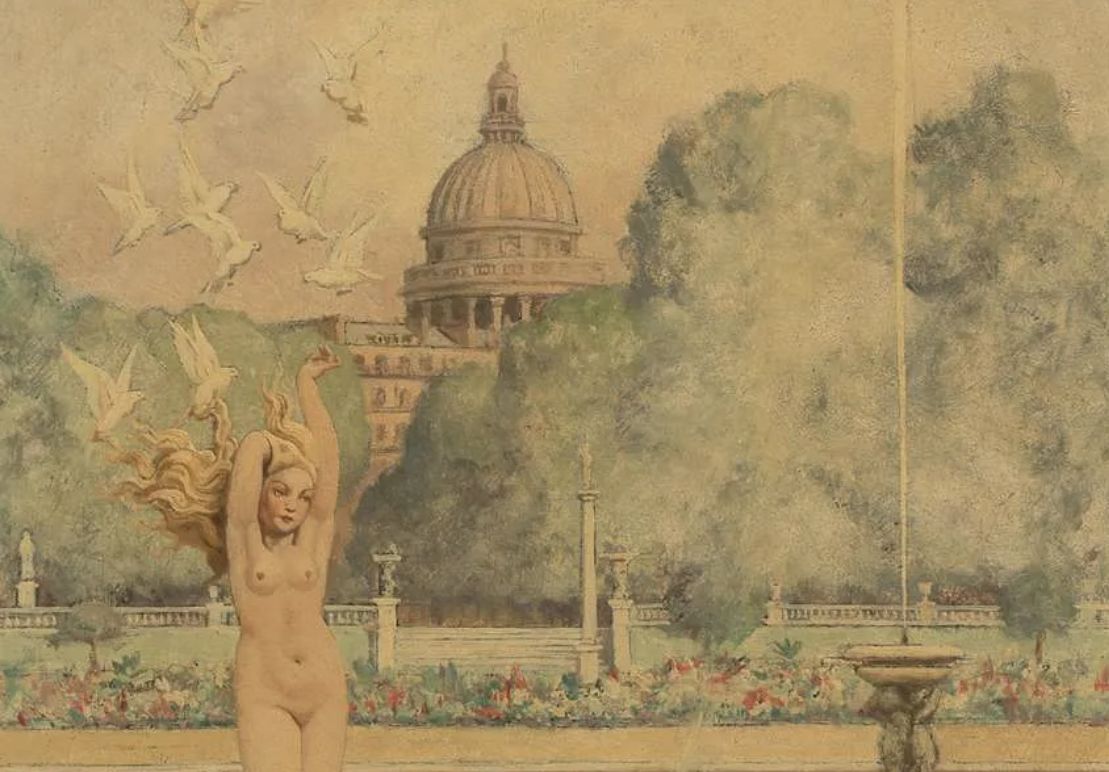
Focus sur Les Trois Grâces, Raphaël Delorme
Dans Les Trois Grâces (collection privée), Raphaël Delorme réinvente le mythe en l’inscrivant dans une esthétique à mi-chemin entre l’héritage classique et les luxuriances de l’Art déco.
La symétrie de la composition, orchestrée avec une précision architecturale, place trois figures féminines idéalisées au centre d’un décor fastueux.
Drapées dans des étoffes aux motifs géométriques finement travaillés, elles se tiennent dans des poses qui évoquent autant la statuaire antique que l’élégance moderne.
Leur carnation lumineuse, presque irréelle, contraste avec la richesse chromatique des fonds, où se déploient des architectures fantastiques mêlant colonnes antiques et arabesques orientalisantes.
La lumière, diffuse et soigneusement modulée, sculpte chaque détail, des plis des étoffes aux ornements des bijoux, témoignant d’une facture d’une grande minutie.
Ce traitement, tout en exaltant l’idée de beauté intemporelle, traduit aussi l’influence de l’orfèvrerie et des arts appliqués, domaines chers aux créateurs de l’époque.
Par cette œuvre, Delorme ne se contente pas d’illustrer un sujet mythologique : il en fait un prétexte pour explorer une esthétique décorative, où le faste et l’équilibre composent un univers idéal.
À travers Les Trois Grâces, il s’affirme comme un peintre en quête d’un dialogue entre les traditions héritées et une modernité qui célèbre la sensualité du détail et la puissance évocatrice de l’imaginaire.
L’héritage de Raphaël Delorme
L’héritage de Raphaël Delorme repose sur sa capacité à conjuguer tradition classique et modernité décorative, faisant de son œuvre un pont entre deux époques.
Ses compositions, d’une rigueur architecturale fascinante, marquent durablement l’Art déco par leur éclat et leur raffinement.
Inspiré par les maîtres anciens autant que par l’audace des avant-gardes, il a su intégrer à sa peinture un vocabulaire ornemental riche, où motifs géométriques et éléments mythologiques cohabitent harmonieusement.
Cet équilibre entre idéalisation et fantaisie décorative a influencé nombre de décorateurs et d’artistes soucieux d’allier art et artisanat.
Sa vision, profondément ancrée dans une recherche de beauté formelle, trouve écho dans les créations d’artistes décoratifs du milieu du XXe siècle, qui revendiquent eux aussi une esthétique totalisante, mêlant peinture, design et architecture.
Si l’œuvre de Delorme demeure encore confidentielle, elle illustre néanmoins une quête esthétique où la maîtrise technique s’élève au service d’un imaginaire foisonnant, laissant une empreinte subtile mais essentielle dans l’histoire des arts décoratifs.
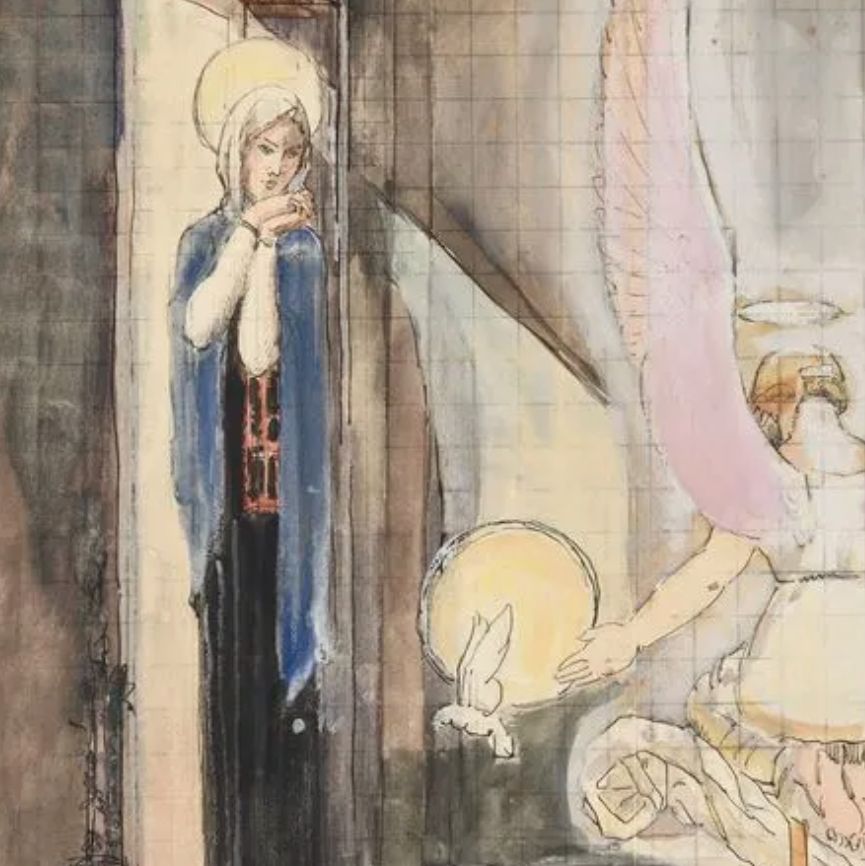
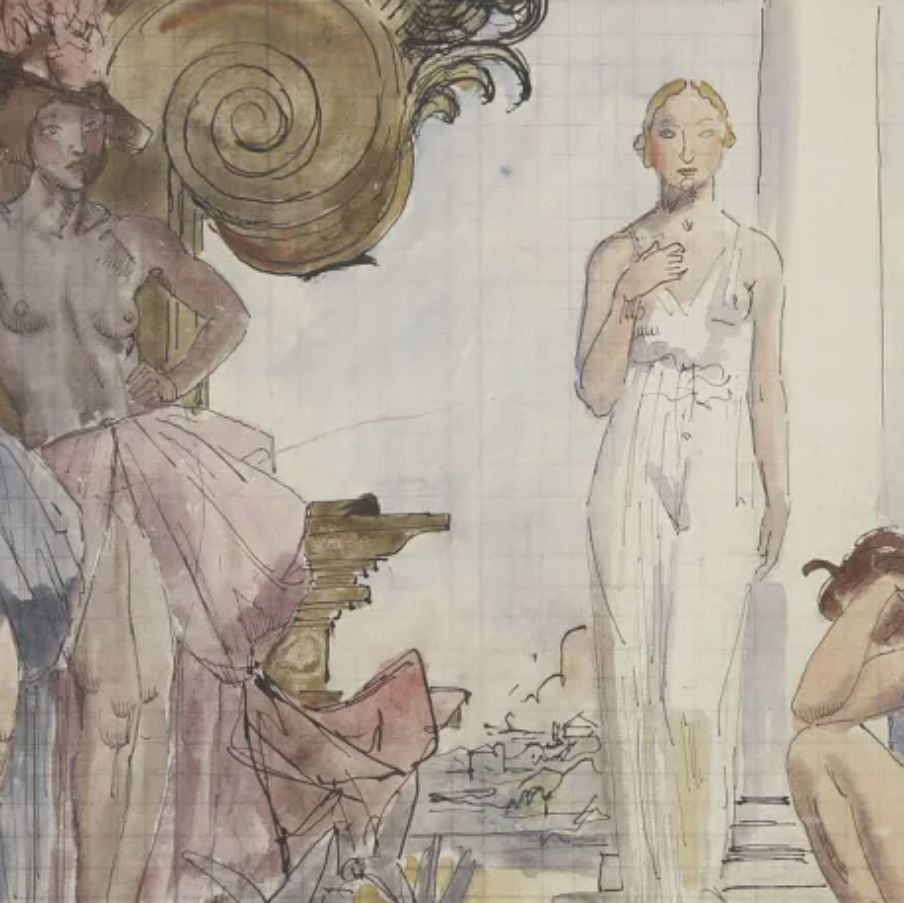
La place de Raphaël Delorme dans les arts décoratifs
Raphaël Delorme s’inscrit au cœur du mouvement des arts décoratifs par son approche mêlant structure et luxuriance, où l’ordre géométrique se conjugue à une imagination fertile.
Dans ses grandes compositions, comme Le Triomphe des Idées (collection privée), il privilégie une ordonnance rigoureuse, héritée des fresques classiques et des mosaïques byzantines, tout en intégrant une modernité propre à l’Art déco.
L’ornement, omniprésent, y devient langage, oscillant entre géométrie savante et stylisation narrative.
Ses figures, souvent hiératiques, semblent sorties d’un univers onirique, évoquant des allégories intemporelles drapées de formes anguleuses et baignées de couleurs éclatantes.
Delorme puise autant dans les décors maniéristes que dans les symétries de la Renaissance, tout en restant ancré dans les innovations de son époque, notamment par son usage habile des contrastes chromatiques et des textures planes.
En cela, il illustre une tendance clé du mouvement : la fusion des arts appliqués et des beaux-arts, dans un idéal où chaque œuvre transcende sa fonction purement décorative pour incarner une réflexion sur l’harmonie et l’expressivité.
Ses compositions dialoguent avec l’architecture, intégrant des éléments ornementaux destinés à rehausser le cadre bâti, tout en affirmant une autonomie picturale.
À travers cette approche, Delorme participe activement à redéfinir les contours de l’Art déco, en combinant une virtuosité technique à une sensibilité décorative où l’élégance et le symbolisme se répondent avec une maîtrise inégalée.
Les influences stylistiques de Raphaël Delorme
Raphaël Delorme s’imprègne d’influences multiples, à la croisée des époques et des traditions artistiques, qu’il synthétise avec une sensibilité propre.
Ses compositions monumentales, telles que Les Légendes (collection privée), témoignent d’un profond attachement à l’art byzantin, avec ses mosaïques éclatantes et ses figures hiératiques, mais aussi à la Renaissance italienne, dont il reprend la perspective architecturée et la solennité des mises en scène.
On y décèle également l’empreinte du maniérisme, dans l’allongement des formes et les postures théâtrales de ses personnages.
Toutefois, Delorme ne se limite pas à un regard tourné vers le passé : il s’inspire aussi des avancées stylistiques de l’Art nouveau, notamment dans le traitement ornemental des motifs, ainsi que de l’Art déco, dont il adopte les géométries précises et les contrastes chromatiques éclatants.
Stylistiquement proche d’artistes comme Toulouse-Lautrec, Edgar Brandt ou Demetre Chiparus, Raphaël Delorme a marqué le courant des arts décoratifs.
Sa palette, riche et vibrante, évoque les œuvres de Gustav Klimt, tandis que l’organisation rigoureuse de ses compositions rappelle les principes du Bauhaus, sans toutefois renier une certaine opulence narrative.
Delorme s’inscrit ainsi dans une dynamique de métissage stylistique, où l’ancien dialogue avec le moderne, où la rigueur formelle côtoie une imagination débordante.
Ce jeu d’influences lui permet de concevoir un langage visuel unique, reconnaissable entre tous, où chaque détail est pensé comme un fragment d’un tout harmonieux.
Par cette fusion des styles, il contribue à enrichir la tradition décorative tout en affirmant une identité artistique singulière et visionnaire.
Reconnaître la signature de Delorme
L’artiste ne signe pas toujours ses œuvres. Il est préférable si vous pensez en posséder une de faire expertiser votre bien. La signature peut différer en fonction du type d’œuvre : estampe, dessin ou peinture. Il existe également des copies, c’est pourquoi l’expertise est importante.

Connaître la valeur d’une œuvre
S’il s’avère que vous possédez une œuvre de Raphaël Delorme ou d’après l’artiste, n’hésitez pas à demander une évaluation gratuite moyennant notre formulaire sur notre site internet.
Un membre de notre équipe, composée d'experts et de commissaires-priseurs agréés, vous contactera promptement afin de vous communiquer l’estimation de la valeur marchande de votre œuvre, sans oublier de vous transmettre les informations ad hoc sur celle-ci.
Si vous considérez vendre votre œuvre, vous serez également accompagnés par nos spécialistes afin de bénéficier d’alternatives pour la céder au meilleur prix possible, prenant en compte les inclinations du marché.
Réponse en - de 24h
A découvrir dans la même thématique
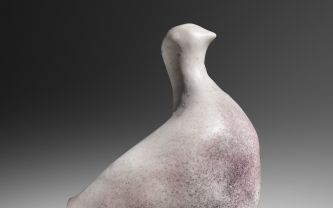
Le prix des des peintures et céramiques de Guidette Carbonel...
Guidette Carbonell, la force de la couleur dans la peinture et la céramique contemporaine
En savoir plus >

Cote et valeur 2024 des tableaux, dessins, peintures de Jami...
Jamini Roy est un peintre indien moderne du XXème siècle qui a produit des oeuvres dont la cote et la valeur sont élevées aux enchères.
En savoir plus >

Cote et valeur des sculptures, bronzes, dessins de Charles M...
Charles Malfray est un sculpteur du XXème siècle qui a produit des oeuvres dont la cote et la valeur sont élevées aux enchères. Estimation gratuite.
En savoir plus >
Site sécurisé, anonymat conservé
Commissaire-priseur et expert agréé par l'État
Estimations gratuites et certifiées
